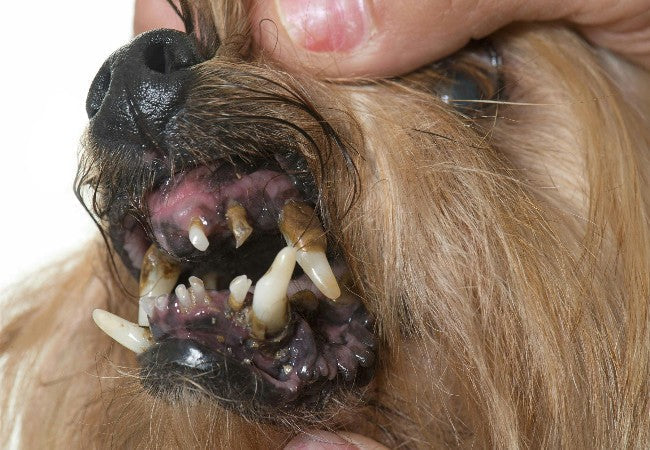Nocardiosis in Dogs: Vet-Approved Causes, Symptoms & Treatments (2025 Guide) 🐶💊

In this article
🦠🐾 Nocardiosis in Dogs: Vet-Approved Causes, Symptoms & Treatments (2025 Guide) 🐶💊
By Dr. Duncan Houston BVSc
As a veterinarian, I occasionally encounter cases of nocardiosis in dogs, a rare but serious bacterial infection. Understanding this condition is crucial for early detection and effective treatment. This comprehensive guide aims to educate pet owners on the causes, symptoms, and treatment options for nocardiosis in dogs.
🧬 What Is Nocardiosis?
Nocardiosis is an uncommon infectious disease caused by Nocardia species, primarily Nocardia asteroides. These bacteria are found in soil and decaying organic matter. Dogs typically contract the infection through inhalation or via open wounds, leading to infections in the respiratory system, skin, or other body systems.
🐞 Causes of Nocardiosis
Dogs can become infected with Nocardia through:
- 🌬️ Inhalation: Breathing in contaminated dust or soil particles.
- 🩹 Open wounds: Bacteria entering through cuts or abrasions.
- 🦠 Weakened immune system: Dogs with compromised immunity are more susceptible.
Young dogs and males are reportedly more prone to nocardiosis, especially those with underlying health conditions that suppress the immune system.
⚠️ Symptoms of Nocardiosis
Symptoms vary depending on the infection site:
Respiratory System:
- 😮💨 Labored breathing
- 🌡️ Fever
- 😴 Lethargy
- 📉 Weight loss
Skin and Subcutaneous Tissue:
- 🩹 Non-healing wounds
- 💧 Draining abscesses
- 🦠 Swollen lymph nodes
Disseminated Infection:
- 🌡️ Persistent fever
- 😴 Generalized weakness
- 🧠 Neurological signs if the central nervous system is involved
Early recognition of these signs is vital for prompt treatment.
🩺 Diagnosing Nocardiosis
Diagnosis involves:
- 🔬 Microscopic examination: Identifying bacteria in samples from affected areas.
- 🧫 Culture tests: Growing bacteria from samples to confirm the diagnosis.
- 🖼️ Imaging: X-rays or ultrasounds to assess internal involvement.
- 🧪 Blood tests: Evaluating overall health and identifying systemic infection.
Accurate diagnosis ensures appropriate treatment and management.
💊 Treatment Options
Treatment strategies depend on the severity and location of the infection:
- 💊 Antibiotics: Long-term antibiotic therapy, often with sulfonamides, is the mainstay of treatment.
- 🔪 Surgical intervention: Drainage of abscesses or removal of infected tissue may be necessary.
- 🛌 Supportive care: Ensuring hydration, nutrition, and rest.
Early and aggressive treatment improves the prognosis significantly.
🛡️ Preventing Nocardiosis
Preventive measures include:
- 🧼 Hygiene: Regularly clean your dog's living area and promptly treat any wounds.
- 🌿 Environmental management: Limit exposure to areas with decaying organic matter.
- 🩺 Regular veterinary check-ups: Early detection and management of health issues.
Implementing these measures can reduce the risk of infection.
📱 Support and Resources
If you suspect your dog has nocardiosis, consult your veterinarian promptly. For additional support:
- Ask A Vet: Access professional veterinary advice through the Ask A Vet platform.
- Download the Ask A Vet App: For quick access to veterinary support, download the Ask A Vet app.
Early diagnosis and appropriate treatment can significantly improve your dog's quality of life.
🐾 For more expert advice and pet care tips, visit AskAVet.com.






